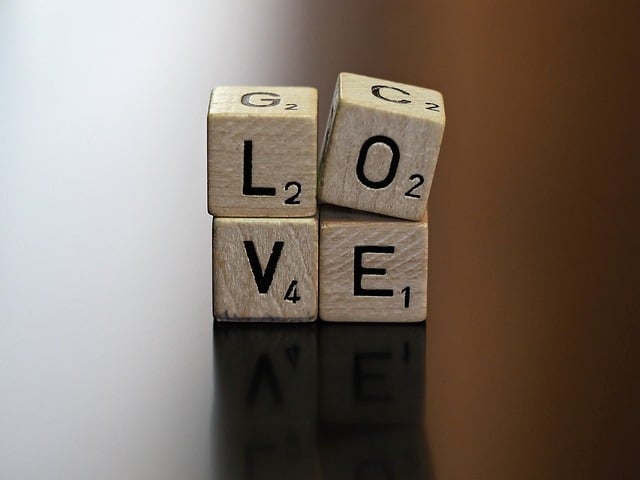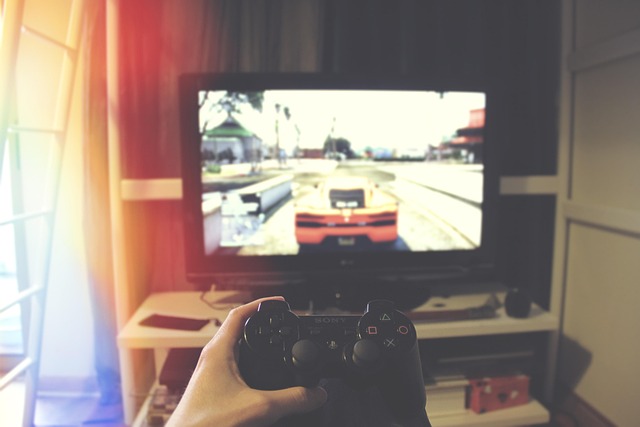Ah, game balance. For many of us in the gaming world, whether we’re developers crafting experiences or players battling it out in competitive arenas, it’s a concept that lives at the heart of fairness and fun. It’s the delicate equilibrium that makes a game feel right, where victories are earned through skill, strategy, and teamwork, not simply by exploiting an overpowered element or suffering under an underpowered one. In the explosive landscape of eSports and modern gaming, achieving and maintaining this balance isn’t just a design goal; it’s a vital necessity.
Think about your favorite competitive game. Chances are, its longevity and popularity in eSports are intrinsically tied to how well balanced it is. When one character dominates every match, one weapon is the only viable choice, or a single strategy negates all others, frustration sets in quickly. Players feel powerless, the meta becomes stale, and the competitive integrity of the game erodes. For developers, this is the nightmare scenario. The passion you poured into creating a diverse cast of heroes, a range of tactical options, or a variety of items is undermined when only a fraction of that content is truly viable.
The challenge for developers isn’t just about making everything equally powerful – that’s often impossible and can lead to a bland experience. True balance is about creating meaningful choices, counter-play, and situations where different strategies and playstyles have opportunities to shine. It’s a constant tightrope walk, trying to ensure that the high-skill, high-reward options are balanced by risk, and that easier-to-execute strategies have clear weaknesses.
This isn’t a one-time task. The gaming landscape is dynamic. Players constantly innovate, finding new ways to utilize game mechanics or discovering powerful synergies you never anticipated. This is especially true in eSports, where professional players push games to their absolute limits. What seems balanced in a casual environment can be game-breaking at the highest level of competition. Developers must be perpetual students of their own game, constantly analyzing data, watching high-level play, and listening to community feedback.
Patches, updates, and sometimes even complete reworks are part of the developer’s toolkit in the endless pursuit of balance. It’s an iterative process of identify, adjust, release, and repeat. It requires courage to nerf beloved but overpowered elements and careful consideration when buffing underperforming ones. Get it wrong, and you risk alienating your player base. Get it right, and you foster a competitive environment that is exciting, fair, and sustainable, allowing both casual players and eSports professionals to enjoy the game to its fullest potential.
Ultimately, the feeling associated with game balance is one of ongoing effort and responsiveness. It’s the developer’s commitment to the health of their game and their community. It’s recognizing that a truly great gaming experience, especially in the competitive realm, is built on a foundation of fairness, where every player feels like they have a genuine chance to succeed through their own merit.




